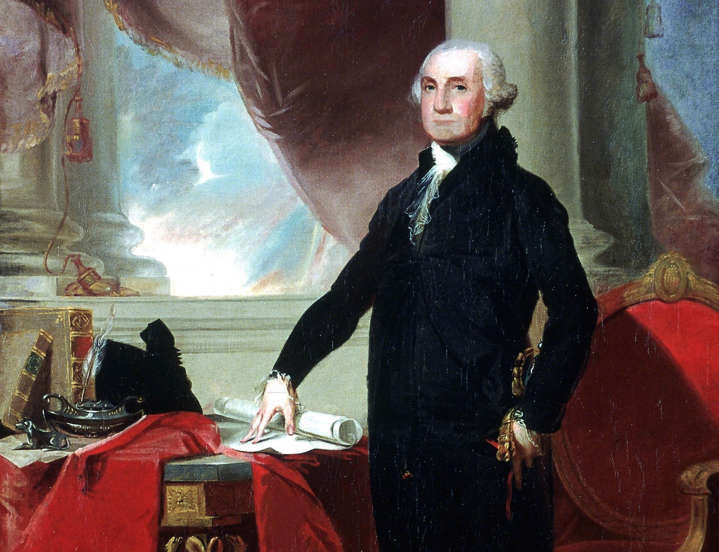Debunking the myths that still influence how we understand the world today.

Remember sitting cross-legged on the classroom floor, absorbing every word your teacher said as absolute truth? While our elementary school teachers meant well, some of the “facts” they taught us have been thoroughly debunked by modern science and historical research. Yet these misconceptions continue to shape our understanding of the world.
1. The oversimplified Columbus narrative that skips the dark truth about his voyages.

Traditional elementary school lessons painted Christopher Columbus as a brave explorer who proved the Earth was round and discovered America. This sanitized version omits crucial facts about his actual impact and the state of geographical knowledge in the 15th century, according to Fandom.
Most educated Europeans already knew the Earth was round, and indigenous peoples had discovered and inhabited the Americas thousands of years earlier.
2. The tongue map that divides taste into distinct regions.

Many of us learned about a tongue map showing specific regions for different tastes – sweet at the tip, bitter at the back, and so on. This oversimplified model has been thoroughly disproven by modern research in taste perception.
Scientists now know that all taste buds can detect all tastes, though there may be subtle differences in sensitivity. The tongue map originated from a misinterpretation of a German study in 1901 and somehow found its way into textbooks, according to Smithsonian.
3. The myth that blood is blue until it’s exposed to oxygen.

Elementary school teachers often explained that blood in our veins appears blue because it hasn’t been exposed to oxygen yet. This widespread misconception persists despite being completely false, according to NPR.
Blood is always red, though the shade varies depending on oxygen content. The bluish appearance of veins under our skin is due to how different wavelengths of light interact with skin tissue, not the color of the blood itself.
4. The incorrect assertion that Thomas Edison invented the light bulb.

Schools often credit Thomas Edison as the sole inventor of the light bulb, overlooking decades of development by other inventors. This oversimplification ignores the collaborative nature of scientific progress.
Edison improved upon existing designs and created a commercially viable product, but he didn’t invent the concept of electric light. Inventors like Warren de la Rue and Joseph Swan made crucial contributions that paved the way for Edison’s success.
5. The myth that the great wall of China is visible from space.

Many of us learned that the Great Wall of China is the only human-made structure visible from space. This “fact” has been definitively disproven by numerous astronauts and satellite images.
The wall is actually very difficult to see even from low Earth orbit, and many other human structures are more visible. This myth likely originated before space travel was possible and persisted through repetition in educational materials.
6. The misconception about humans only using ten percent of their brains.

This popular myth suggested that humans only use a small fraction of their brain capacity, implying vast untapped potential. Modern neuroscience has thoroughly debunked this claim.
Brain scanning technology shows that we use most of our brain most of the time, even during sleep. Different activities activate different regions, but there’s no dormant 90 percent waiting to be awakened.
7. The idea that all fats are bad for you

The misconception that all fats are bad led to a surge in “fat-free” products, which often replaced fats with sugar and artificial additives. This shift had unintended consequences, including weight gain and poor metabolic health. The lack of healthy fats left people feeling unsatisfied and often resulted in overeating, while depriving the body of essential nutrients needed for optimal function.
In reality, healthy fats like those found in avocados, nuts, seeds, and fatty fish are vital for brain function, heart health, and reducing inflammation. These fats support nutrient absorption, hormone production, and balanced cholesterol levels. Including good fats in your diet not only enhances overall health but also promotes sustained energy and mental clarity.
8. The myth about George Washington’s wooden teeth.

Many children learn that George Washington had wooden teeth, but this common belief is entirely false. Washington did have several sets of dentures, but none were made of wood.
His dentures were actually made from various materials including human teeth, hippopotamus ivory, and metal fasteners. The wooden appearance came from staining and discoloration of the materials over time.
9. The misconception about seasons being caused by Earth’s distance from the sun.

Teachers often explained that seasons occur because Earth is closer to the sun in summer and farther in winter. This explanation is completely incorrect and misleads students about basic astronomical principles.
Seasons actually result from Earth’s tilted axis as it orbits the sun, causing different hemispheres to receive varying amounts of direct sunlight throughout the year. This tilt, not distance, creates our seasonal patterns.
